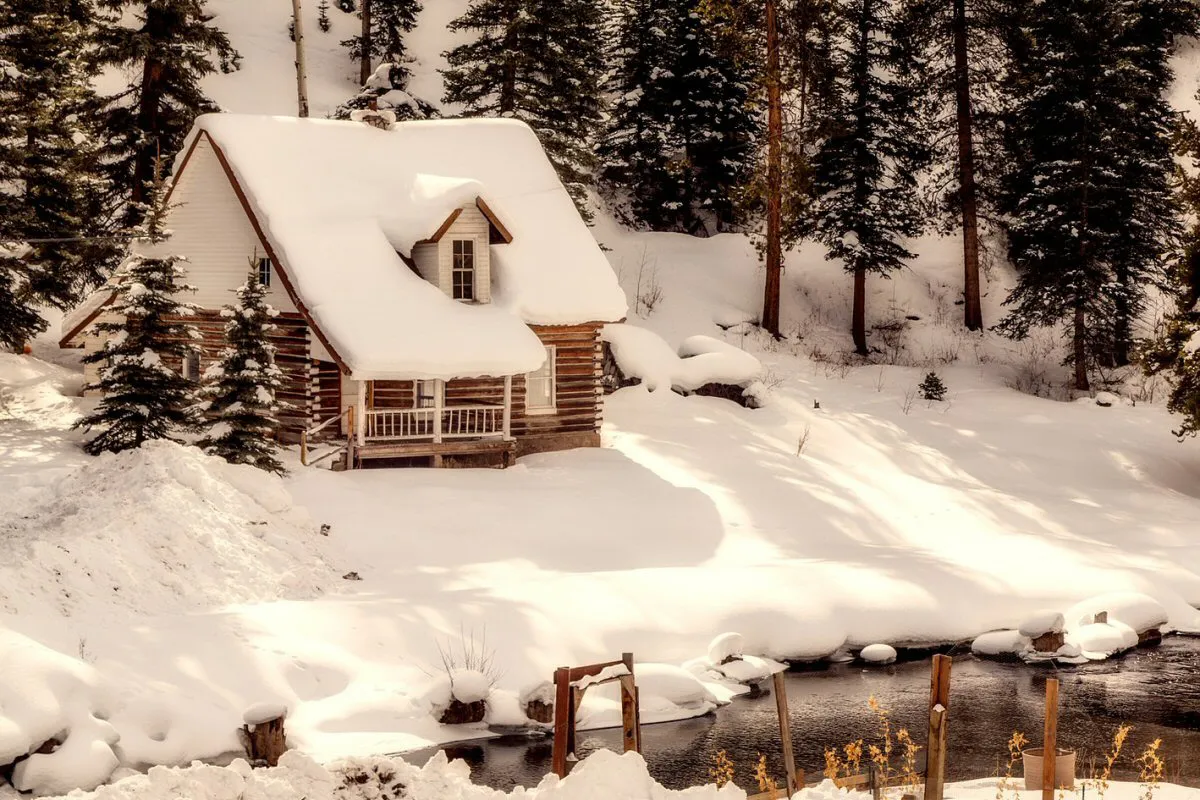Winter isn’t over, but the weather has considerably warmed up now that the Northern Hemisphere is approaching spring. While you have survived this winter, it’s not too early to prepare for the next time that you will face ice-colder temperatures. Just like you have to take care of your car in the winter, you have to take care of your home to make sure that it is ready for next winter.
If you are seeing any of the following signs, it means that your home is not ready for next winter and that you need to take action:
Draft
Drafty windows and doors. If you feel a cold draft coming in through your windows and doors, it means that the insulation in those areas is not adequate. This can lead to higher heating bills, as you will need to use more energy to keep your home warm.
You can fix drafts by installing weatherstripping or caulking around your windows and doors. If you have a fireplace, make sure the flue is closed when you’re not using it.
You should also check for air leaks around electrical outlets, light switches, plumbing pipes, and the base of your doors. You can seal air leaks with caulk or expandable foam.
Ice Dams
Ice dams are a common problem in homes during the winter. They can cause water to back up under the shingles and leak into the home.
You can prevent ice dams by making sure that your roof is properly insulated and by installing heat cables along the eaves of your roof. You can also add ventilation to your roof to allow the snow to melt more quickly as the weather warms up.
Indoor Temperature Not Warm Enough
If your home does not have enough insulation, it will not be able to keep the heat in during the winter. This can lead to higher heating bills and can also cause your pipes to freeze.
Houses should have insulation because the insulation is the key to keeping conditioned air in and unconditioned air out. Insulation comes in different types: fiberglass, cellulose, cotton, foam, metal foil, and perlite.
Sometimes, because of leaks, a home can have negative insulation. This means that the conditioned air is escaping from the home faster than unconditioned air is entering, causing the heating or cooling bills to increase.
You can increase the insulation in your home by adding more insulation to the attic, basement, and walls. You might also need to patch up any holes or cracks in your home’s exterior.
Frozen Pipes
If your pipes freeze, it can lead to a lot of damage to your home. Imagine coming home to a burst pipe and water leaking all over your floor. It’s a huge problem that may force you and your loved ones to temporarily move out of your home.
You can prevent your pipes from freezing by ensuring that they are properly insulated and by keeping them warm. You can do this by wrapping them in insulation or by using heat tape. In addition, you can also insulate your water heater and install a pipe sleeve or heat tape on exposed pipes.
High Heating Bills
If you are seeing high heating bills this winter, it may be because your home is not ready for the next winter. You have to figure out why you are using so much energy to heat your home and address the problem. You may need to add more insulation, install a heating system, or use a space heater.
If you already have a heating system in place, it might not be working very well. You can have your furnace serviced by a professional to make sure that it is working properly and that it is using the least amount of energy possible. If you don’t know why your heating system is not functioning, a professional can identify the problem immediately.
It is important to take care of your home in the winter, just like you take care of your car and other important belongings. If you’ve noticed some or all of these signs this past winter, it means that you need to take some action. You need to make efforts to prepare for next winter. We have provided some tips on how you can address these problems so that your home will be prepared for next winter.


